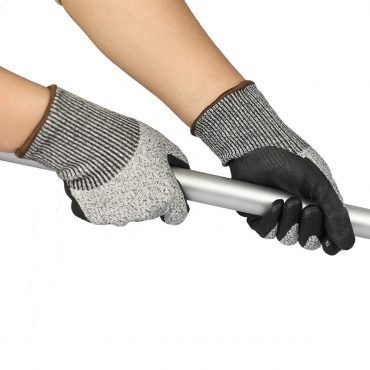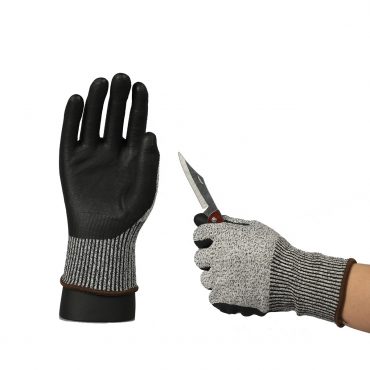1. Latex household gloves are only suitable for weak acid, low-concentration sulfuric acid and various salts. Strong oxidizing acids (nitric acid, etc.) are not allowed.
2. Fighting with strong oxidizing acids such as nitric acid, chromic acid, etc., due to strong oxidizing impregnation, the product will be brittle, discolored, and destroyed in the late stage. High concentrations of strong oxidizing acids can even cause burns, so careful and unsightly investigations should be made.
3. Insulating gloves should be worn out regularly, and they cannot be used if they do not comply with the regulations.
4. Rubber, plastic and other protective gloves should be rinsed clean and dried after use. The high temperature should be stopped during storage during life, and talcum powder should be sprinkled on the finished product to prevent adhesion.
5. There are many types of protective gloves, which should be selected in accordance with the protective results. The protective equipment should be clear first, and then carefully selected. Such as acid and alkali resistant gloves, some are resistant to strong acids (alkali), some are resistant to low-concentration acids (alkali), and resistant to organic solvents and chemical reagents. Therefore, it cannot be used indiscriminately to avoid accidents.
6. Waterproof, acid and alkali resistant gloves should be checked carefully before use, unsightly and unsightly. Investigate whether the surface is damaged. The simple and innocent way to accept is to blow air into the glove and pinch the sleeve with your hand, which is unsightly and unsightly. Investigate whether there is a leak. If it leaks, it cannot be used.























